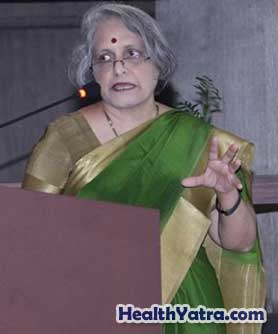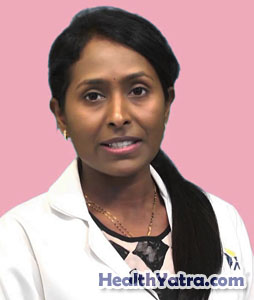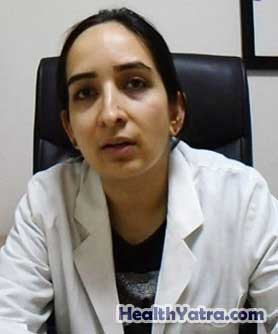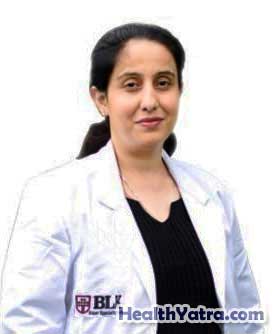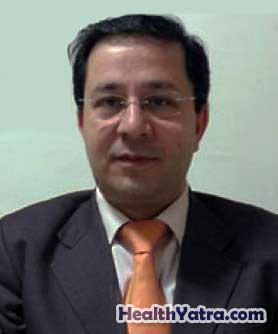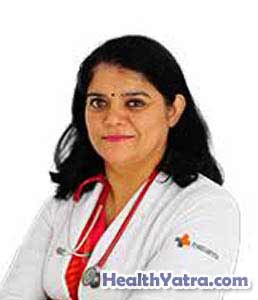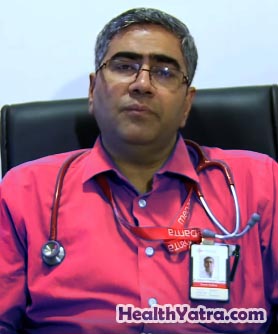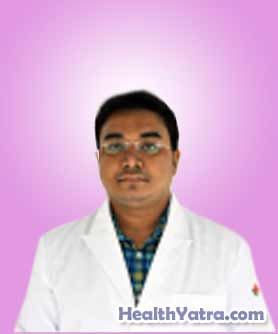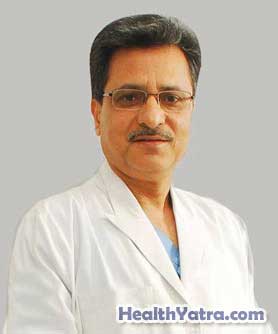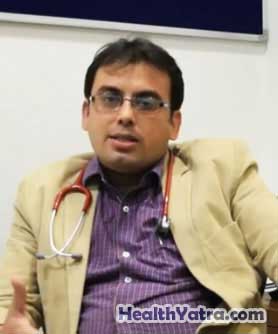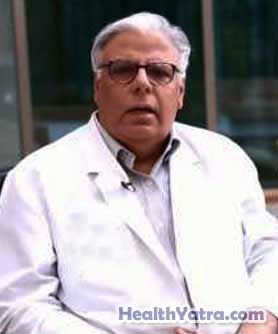Definition
Myelodysplastic syndromes (MDS) are a group of diseases that involve dysfunction of the bone marrow. Bone marrow is the tissue found within the bones; its task is to create mature blood cells from stem cells. In all forms of MDS, this normal cell-creation process is disrupted by the overproduction of clones of a single stem cell. This leads to a decrease in production of normal red blood cells, white blood cells, and platelets.
The World Health Organization has classified MDS into eight categories. Some forms are more serious than others; all of them are serious enough to require a physician’s care. Thirty percent of people with MDS develop acute myeloid leukemia (AML). Leukemia is a cancer of the white blood cells and their parent cells. As more is learned about MDS, experts began to see it as a form of cancer.
Causes
The cause of MDS is unknown, but research shows that certain risk factors are associated with the disease.
Risk Factors
A risk factor is something that increases your chance of getting a disease or condition.
The following factors are associated with a higher risk for developing MDS:
- Family members with MDS
- Age: 60 or older
- Sex: male
- Certain genetic syndromes:
- Down dyndrome
- Fanconi anemia
- Shwachman-Diamond syndrome
- Congenital neutropenia
- Familial platelet disorders
- Exposure to large amounts of radiation
- Exposure to certain chemicals, such as benzene
- Exposure to pesticides
- Radiation therapy and/or chemotherapy treatment for cancer
- Smoking
Symptoms
- Typically, there are no symptoms in the early stages of MDS. Later stage symptoms may vary from person to person, depending on how serious the disease is. Later stage symptoms may include:
- Signs of anemia due to underproduction or red blood cells include:
- Fatigue
- Shortness of breath
- Pale skin
- Feeling weak and tired
- Congestive heart failure (in severe cases)
- Neutropenia occurs when there are inadequate levels of white blood cells. White blood cells fight infection. Signs of this condition include:
- Fever
- Cough
- Frequent, unusual, or especially serious infections
- Thrombocytopenia occurs when there are inadequate levels of platelets in the blood. Platelets stop bleeding by clotting the blood. Signs of thrombocytopenia include:
- Bleeding easily, especially from the nose and gums
- Bruising easily
- Other symptoms may include loss of appetite, weight loss, and feeling tired.
Diagnosis
Your doctor will ask about your symptoms and medical history, and perform a physical exam. The symptoms for MDS can indicate many other conditions. Doctors have to rule out other conditions before diagnosing MDS.
Tests may include the following:
- Blood test to check your red and white blood cell counts and platelet counts and to check how the blood cells look.
- Bone marrow biopsy to check for MDS. A bone marrow biopsy is the removal of a sample of bone marrow for testing.
- Your doctor may also order other tests to rule out other conditions.
Treatment
Treatment for MDS depends on your age, other medical conditions, and how serious the disease is. Treatment also depends on how far along the disease has progressed to AML. Often, treatment includes relieving the symptoms of MDS. Talk with your doctor about the best treatment plan for you. You may be referred to a hematologist and an oncologist. A hematologist specializes in blood diseases. An oncologist specializes in cancer. Treatment options include:
Blood Transfusion
If you have a low red blood cell, white blood cell, or platelet count, you may receive a blood transfusion. A blood transfusion is a treatment that involves receiving blood products (red cells, white cells, platelets, clotting factors, plasma, or whole blood) through a vein. The blood components may come from an unrelated donor, from a related donor, or may have been banked in advance by the recipient.
Antibiotics
If you have a low white blood cell count, you may receive antibiotics to fight infection.
Growth Factors
Growth factors help the bone marrow produce blood cells. The following growth factors may be used to treat MDS:
- Erythropoietin (EPO) is a growth factor that helps the bone marrow produce red blood cells.
- Granulocyte colony-stimulating factors (G-CSF) and granulocyte macrophage colony-stimulating factors (GM-CSF) are growth factors that help the bone marrow produce white blood cells. Pegfilgrastim (Neulasta) is a form of G-CSF that is longer acting.
- Oprelvekin (Neumega, interleukin-11, or IL-11) is a drug that helps the body produce platelets.
Chemotherapy
Chemotherapy is the use of drugs to kill cancer cells. Chemotherapy may be given in many forms including: pill, injection, or via a catheter. The drugs enter the bloodstream and travel through the body killing mostly cancer cells, but also some healthy cells.
Standard Chemotherapy
There are three combinations of chemotherapy drugs used to treat MDS. These combinations include:
- Cytarabine and idarubicin
- Cytarabine and topotecan
- Cytarabine and fludarabine
Hypomethylating Agents
Hypomethylating agents are drugs that slow down the growth of cells, and include:
- Decitabine (Dacogen)
- Azacitidine (Vidaza)
Immunomodulating Therapy
Immunomodulating drugs change the immune system, and include:
- Thalidomide
- Lenalidomide (Revlimid)
Immunosuppression Agents
Immunosupression agents suppress the immune system, and include:
- Anti-thymocyte globulin (ATG)
- Cyclosporine
Stem Cell Transplant
The only cure for MDS is a stem cell transplant (SCT). A SCT starts with high-dose chemotherapy to kill the bone marrow, and is then followed by an injection of healthy stem cells. The stem cells used can come from the blood or bone marrow.
There are two types of SCT. The less common one is called an autologous SCT, and occurs when the patient is injected with her own cells after high-dose chemotherapy. The more common method is called allogeneic and occurs when a patient gets donor cells after high-dose chemotherapy.
Many doctors will only perform an SCT on a patient that is aged 50 or younger.
Prevention
To help reduce your chances of getting MDS, take the following steps:
- Avoid exposure to hazardous chemicals such as benzene
- Don’t smoke or if you do smoke, quit
- Reduce your risk for developing cancer:
- Eat a balanced, healthful diet.
- Stay active.
- Maintain a healthy weight.
- Avoid environmental and occupational risks.


